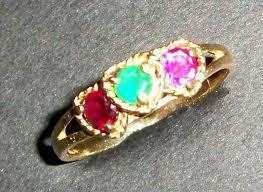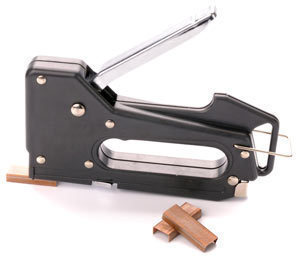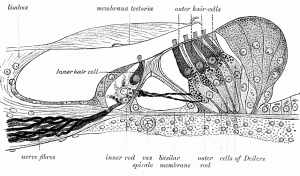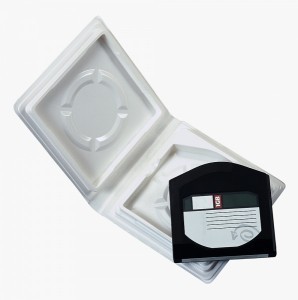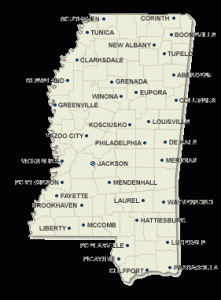Smallest Country
It’s interesting to note that the smallest country in the world is actually found within a city in a larger country. This would be Vatican City, which is located in Rome, Italy. Although it is called a city, it is actually the world’s smallest state, proclaimed so by the signing of the Lateran Treaty in 1929. It covers an area of around 110 acres (44 hectares), with an estimated population of a little above 800 people.
Vatican City practices a sacerdotal-monarchial or ecclesiastical form of government. The head of state is the Bishop of Rome, which is the Pope himself. The Vatican’s legislation is governed by the Pontifical Commission for Vatican City State, which consists of cardinals appointed to their position by the Pope himself for a period of 5 years. The president of the commission exercises the executive power, followed by the commission’s General Secretary, to whom the executive power is transferred in the event that the president is somehow unable to perform his duties. In turn, the Deputy General Secretary answers to the General Secretary.
Just like any other country, the Vatican has specific departments in charge of health, telecommunications, and security. The Pontifical Swiss Guard, also known as the Corps of the Pontifical Swiss Guard or simply the Swiss Guard, serves as Vatican City’s military arm. Active since 1506, it is responsible for ensuring the Pope’s safety and maintaining the Apostolic Palace’s security.
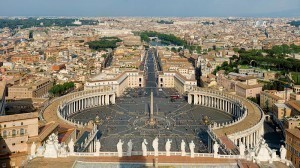
Peace and order in the Vatican is maintained by its police force, the Corpo della Gendarmeria Statto della Citta del Vaticano; in English, the Gendarme Corps of Vatican City State. The Corpo della Gendarmeria performs police functions such as criminal investigation, traffic control, border control and public order. The Corps is itself part of the Vatican state’s Security and Civil Defense Services Department, along with the Vatican Fire Brigade.
Almost 2000 people are employed by the Vatican, and the state’s economy depends mainly on tourism, as well as from postage stamps and museums. The country’s financial support comes from selling tourist souvenirs, medals, coins, stamps and publications, and from museum admission fees. Among the other industries in the state are printing, mosaic production and staff uniform manufacturing.
There is also a yearly collection culled from dioceses and donations whose proceeds go directly to Peter’s Pence, the Pope’s non-budgetary fund for charity, church-aid and disaster relief. Since 1999, the city state’s monetary unit is the euro, but they issue their own coins. Vatican City operates its own bank, the Instituto per le Opere di Religione (IOR) or simply called the Vatican Bank. It is notable for having the only Latin-language ATM in the world.
